Psychonauts: 1874-83
By:
August 19, 2009
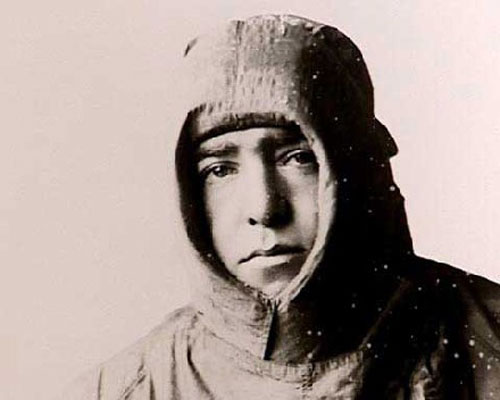
The Psychonauts, born from 1874 to 1883, are a generation of expatriates, strangers in a strange land, emigrés and internal exiles. Discontented with the familiar, some of them were intrepid adventurers: Howard Carter, Shackleton, and Jack London, for example, not to mention extreme balloonists Jean and Auguste Piccard [honorary]. John Buchan invented the spy thriller as we know it. Others — like Carl Jung, Houdini, Aleister Crowley, Edgar Cayce, Peter D. Ouspensky, Gurdjieff, Pierre Teilhard de Chardin, Charles Fort, Gerald Gardner, and William E. Riker — wandered without compass or rudder through uncharted territories of the mind and spirit.
HiLobrow members of the Psychonaut cohort were argonauts and astronauts boldly going where no man had gone before: across, through, and deep into psychic, esoteric, and paranormal phenomena of the most uncanny sorts. They roamed far and wide in search of signification, discovering (and/or inventing) meaning in the unlikeliest of locations. As the images on this page in which a Psychonaut is juxtaposed with cryptic runes, codes, or formulae suggest, they were code-breakers and browbeaters, often mocked and ignored — but regarded as visionaries and inspirational examples today, at least by HiLobrow.com.
Members of this cohort were in their teens and 20s during the Eighteen-Nineties (1894–1903, not to be confused with the 1890s), and in their 20s and 30s during the Nineteen-Oughts (1904–1913, not to be confused with the 1900s).
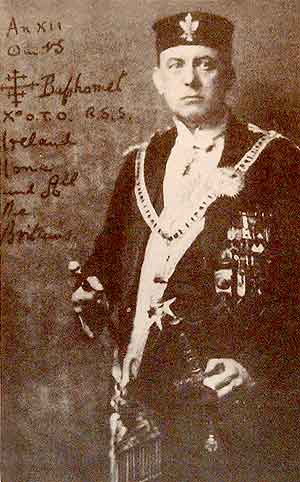
A reminder of my 250-year generational periodization scheme:
1755-64: [Republican Generation] Perfectibilists
1765-74: [Republican, Compromise Generations] Original Romantics
1775-84: [Compromise Generation] Ironic Idealists
1785-94: [Compromise, Transcendental Generations] Original Prometheans
1795-1804: [Transcendental Generation] Monomaniacs
1805-14: [Transcendental Generation] Autotelics
1815-24: [Transcendental, Gilded Generations] Retrogressivists
1825-33: [Gilded Generation] Post-Romantics
1834-43: [Gilded Generation] Original Decadents
1844-53: [Progressive Generation] New Prometheans
1854-63: [Progressive, Missionary Generations] Plutonians
1864-73: [Missionary Generation] Anarcho-Symbolists
1874-83: [Missionary Generation] Psychonauts
1884-93: [Lost Generation] Modernists
1894-1903: [Lost, Greatest/GI Generations] Hardboileds
1904-13: [Greatest/GI Generation] Partisans
1914-23: [Greatest/GI Generation] New Gods
1924-33: [Silent Generation] Postmodernists
1934-43: [Silent Generation] Anti-Anti-Utopians
1944-53: [Boomers] Blank Generation
1954-63: [Boomers] OGXers
1964-73: [Generation X, Thirteenth Generation] Reconstructionists
1974-82: [Generations X, Y] Revivalists
1983-92: [Millennial Generation] Social Darwikians
1993-2002: [Millennials, Generation Z] TBA
LEARN MORE about this periodization scheme | READ ALL generational articles on HiLobrow.

Psychonaut scientists grappled with invisible forces: Einstein (relativity), Marconi (radio), Maurice de Broglie, Max von Laue, Charles Glover Barkla (X-rays), Francis W. Aston (the mass spectograph), Hans Geiger, Victor Francis Hess, and Frederick Soddy (radiation, radioactivity), Otto Hahn and Lise Meitner (nuclear fission), Hans Berger (electroencephalogram), William W. Coblentz (infrared spectroscopy), and Karl Schwarzschild (black holes).
HiLobrow authors, poets, painters, and musicians of the 1874-83 cohort refused to accept any limitations on their respective mediums. James Joyce, Virginia Woolf, Mina Loy, Wallace Stevens, Apollinaire, Picasso, Braque, Modigliani, Marie Vassilieff, Paul Klee, Malevich, Wyndham Lewis, Umberto Boccioni, Igor Stravinsky, Anton Webern, Edgard Varèse, and Arnold Schoenberg were experimentalists ahead of their own time and perhaps even our own.
Psychonauts also tended to have exciting, evocative, spooky-kooky names and monikers. I realize that I’ve said something similar about the Plutonians, but I’d really like to see Mata Hari, Mina Loy, Houdini, Zapata, Gurdjieff, Einstein, Apollinaire, Picasso, and Atatürk star in their own League of Extraordinary Gentlemen-style story. Plus: Alice B. Toklas.
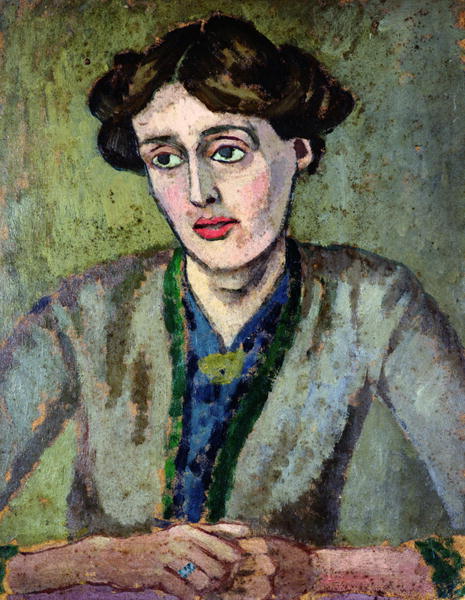
NOTES ON THE BLOOMSBURY GROUP
The best known members of this loose collective of English writers, intellectuals, philosophers and artists — who lived, worked, or studied together near Bloomsbury, London — were born between 1874–1883: Virginia Woolf (1882), her sister, painter Vanessa Bell (1879), the economist John Maynard Keynes (1883), author E. M. Forster (1879), and writer Lytton Strachey (1880). At Trinity in 1899 Strachey, Woolf, the intellectual Saxon Sydney-Turner (1880), and art critic Clive Bell (1881) became good friends with Thoby Stephen (1880), who introduced them to his sisters Vanessa and Virginia in London. The Bloomsbury Group’s works and outlook would deeply influence literature, aesthetics, criticism, and economics as well as modern attitudes towards feminism, pacifism, and sexuality.
Leonard Woolf later listed as “Old Bloomsbury” the men and women named above, plus: Leonard Woolf (1880), psychoanalyst (and Virginia Woolf’s brother) Adrian (1883) and psychoanalyst Karin Stephen (1890), painter Duncan Grant (1885), artist and art critic Roger Fry (1866), literary critic Desmond (1877) and writer Molly MacCarthy (1882).
The Bloomsbury Group was influenced by the philosopher [and honorary Psychonaut] G.E. Moore. With Moore, they believed that “one’s prime objects in life were love, the creation and enjoyment of aesthetic experience and the pursuit of knowledge.” They were aesthetes, who — although left-liberal generally, and opposed to militarism – were unpolitical. Clive Bell articulated their mostly shared criticism of materialistic realism in painting and fiction.
Meet the Psychonauts.
Honorary Psychonauts (born 1873): J. D. Beresford (sf author, (Goslings, The Hampdenshire Wonder), Hans Berger (Physicist, Electroencephalogram), William W. Coblentz (Astronomer, infrared spectroscopy), W. C. Handy (Father of the Blues), William E. Riker (Holy City cult leader), Karl Schwarzschild (Astronomer, black holes), G. E. Moore (philosopher), Lady Ottoline Morrell (saloniste, patron of the arts).
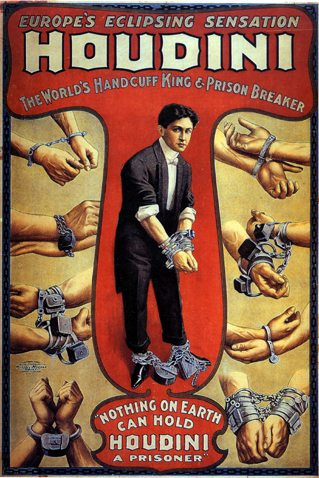
1874: Harry Houdini (best-known magician and debunker), Charles Fort (Scientist, prophet of the Unexplained), Arnold Schoenberg (Composer), Howard Carter (Archaeologist, Tutankhamun’s Tomb), Ernest Shackleton (Antarctic explorer), W. Somerset Maugham (Novelist, Of Human Bondage), Robert Frost (Poet), Charles A. Beard (Historian, The Rise of American Civilization), Winston Churchill (WWII Prime Minister of England), S. Fowler Wright (sf author), Clarence Day (Author, Life with Father), Gustav Holst (Composer, The Planets), Herbert Hoover (31st US President, 1929-33), Charles Ives (Composer), James L. Kraft (inventor of processed cheese), Guglielmo Marconi (Scientist, inventor of the radio), Lucy Maud Montgomery (Novelist, Anne of Green Gables), John D. Rockefeller, Jr. (Built Rockefeller Center), Honus Wagner, Thomas J. Watson (Founder of IBM), Chaim Weizmann (First President of Israel). Honorary Anarcho-Symbolists: G.K. Chesterton (Author, The Man Who Was Thursday), Amy Lowell (Poet, What’s O’Clock), Gertrude Stein (avant-garde writer, saloniste).

1875: Carl Jung (Psychiatrist, inventor of the collective unconscious), Aleister Crowley (Wickedest man in the world), John Buchan (Author, The Thirty-Nine Steps), Edgar Rice Burroughs (Novelist, Tarzan, Pellucidar, etc.), Rainer Maria Rilke (Poet, Duino Elegies, Sonnets to Orpheus), Thomas Mann (Novelist, Buddenbrooks), Walter P. Chrysler (Founder of Chrysler Corporation), D. W. Griffith (Film Director, The Birth of a Nation), Masujiro Hashimoto (Founder of Nissan Motor Co.), Maurice Ravel (Composer), Albert Schweitzer (Humanitarian and theologian), Edgar Wallace (highly prolific English novelist), Perley Poore Sheehan (American pulp writer, screenwriter), Albert I (King of Belgium, 1909-34), Maurice de Broglie (Physicist, X-ray spectroscopy)
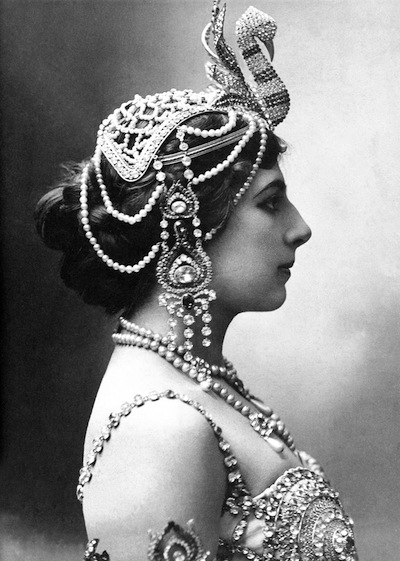
1876: Jack London (Novelist), Sherwood Anderson (Author, The Triumph of the Egg), Constantin Brancusi (Sculptor), Mata Hari (Spy), Max Jacob (Poet), Pope Pius XII (signed treaty with Hitler).
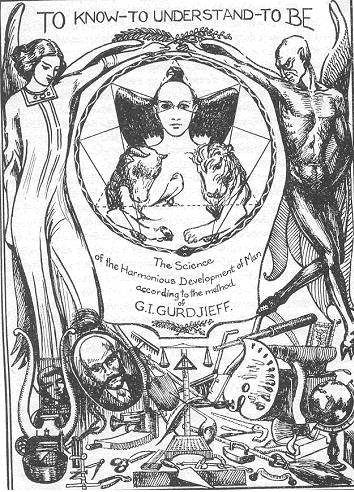
1877: G. I. Gurdjieff (Esoteric philosopher, The Fourth Way), Isadora Duncan (Mother of modern dance), Hermann Hesse (Author, The Glass Bead Game), William Hope Hodgson (sf author, The Night Land), Francis W. Aston (Chemist, invented the mass spectograph), Charles Glover Barkla (Physicist, X-Ray scattering), Edgar Cayce (performed “paranormal” readings), Charles Coburn (Actor), Frederick G. Cottrell (Inventor, Electrostatic precipitator), Raoul Dufy (French Fauvist painter), Henry Norris Russell (Giant stars and dwarfs), Frederick Soddy (Investigated radioactivity, isotopes), Alice B. Toklas (Gertrude Stein’s lover).
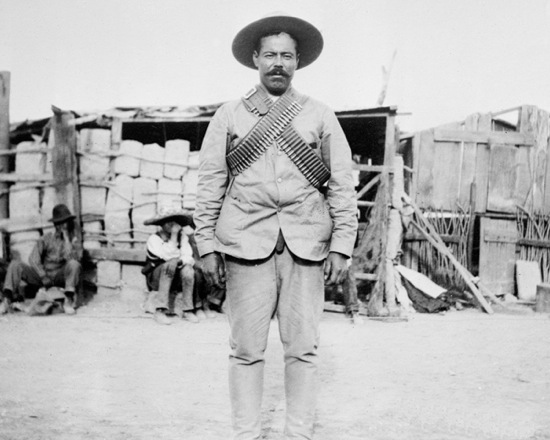
1878: Pancho Villa (Revolutionary, invaded United States), Peter D. Ouspensky (Esoteric philosopher, Tertium Organum), Martin Buber (Philosopher), Upton Sinclair (Novelist), Don Marquis (archy and mehitabel), Lise Meitner (Physicist, discovered Nuclear Fission), Joseph Bushnell Ames (American novelist), Reza Shah Pahlavi (Shah of Iran, 1925-41), Carl Sandburg (Illinois poet, Lincoln biographer), Stalin (brutal dictator, Soviet Union), Joel Stebbins (Astronomer, photoelectric photometry), John Watson (Psychologist, founder of Behaviorism), Jean de La Hire (French SF author), Ernst F. W. Alexanderson (Inventor, developed radio and television at GE and RCA), Lionel Barrymore (Actor), Harry Carey, Sr. (Actor), Louis Chevrolet, André Citroën, George M. Cohan (Composer, “Yankee Doodle Dandy”), Glenn Curtiss (American aviation pioneer), Alfred Döblin (Novelist, Berlin Alexanderplatz), Jack Johnson (first black heavyweight champion), Kazimir Malevich (Painter, Founder of Suprematist school)
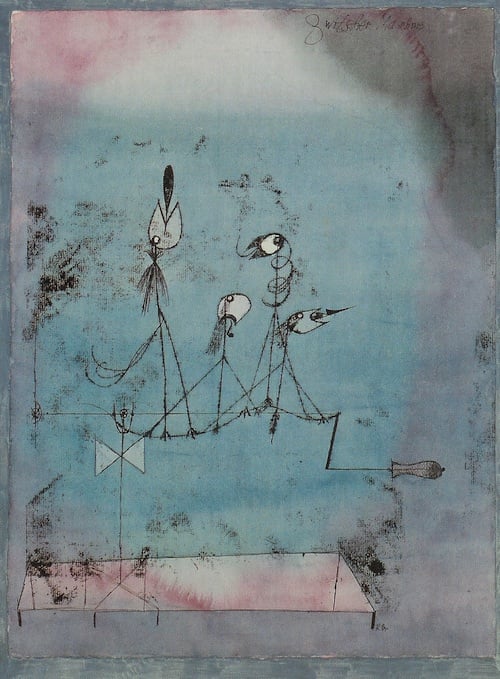
1879: Paul Klee (German-Swiss abstract painter), Albert Einstein (Physicist, Theory of relativity), E. M. Forster (Author), Wallace Stevens (Poet), Leon Trotsky (Bolshevik exile murdered by Stalin), Emiliano Zapata (Mexican patriot, revolutionary), James Branch Cabell (Novelist, Jurgen, A Comedy of Justice), Sydney Greenstreet (Actor), Otto Hahn (Chemist, demonstrated fission), Joe Hill (Labor leader), Max von Laue (Physicist, diffraction of X-rays on crystals), Vachel Lindsay (Poet), Mabel Dodge Luhan (Author), H. B. Reese (peanut butter cups), Will Rogers (cowboy, humorist), Margaret Sanger (birth control advocate), Edward Steichen (Photo-Secessionist), Victor Rousseau Emanuel (British pulp author), Ethel Barrymore (Actor)

1880: Guillaume Apollinaire (Poet), H. L. Mencken (anti-lowbrow critic who described middlebrows as the “booboisie”), Robert Musil (Novelist, Der Mann ohne Eigenschaften), Alexander Blok (Russian Silver Age poet), Oswald Spengler (Historian, The Decline of the West), Lytton Strachey (Author, Eminent Victorians), W. C. Fields (Comic), David H. Keller (SF writer), John Oliver La Gorce (Antarctica explorer, National Geographic editor), Albert Wallace Hull (Physicist, inventor of the magnetron tube), Helen Keller (deaf and blind activist), Douglas MacArthur, Joe May (Film Director), Tom Mix (silent movie cowboy), Sean O’Casey (Playwright), Mack Sennett (Film/TV Producer), Carl Van Vechten (Novelist, Patron of the Harlem Renaissance), Leonard Woolf (British memoirist, husband of Virginia), Bertram Atkey (British writer, The Strange Case of Alan Moraine)

1881: Pablo Picasso (abstract painter and sculptor), Clive Bell (Bloomsbury art critic, important pioneer of formalism in aesthetics, and a key proponent of the claim that the value of art lies in its ability to produce a distinctive aesthetic experience in the viewer; very influenced by honorary Psychonaut G. E. Moore), Pierre Teilhard de Chardin (Philosopher), P. G. Wodehouse (Author), Horace de Vere Cole (prankster and poet, author of the Dreadnought Hoax), Franklin Pierce Adams (Columnist), Kemal Atatürk (President of Turkey, 1923-38), Bela Bartok (Hungarian composer), Padraic Colum (Novelist), Clinton Davisson (Physicist, diffraction of electrons), Cecil B. DeMille (pioneering film director), Alexander Fleming (discovered penicillin), Pope John XXIII (Roman Catholic Pontiff, 1958-63), A. R. Radcliffe-Brown (father of modern social anthropology)
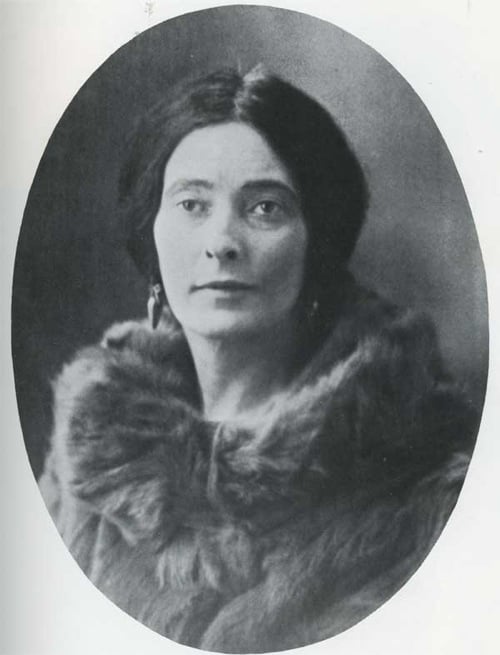
1882: Mina Loy (poet), Wyndham Lewis (Painter, Vorticist movement), Virginia Woolf (novelist), Bela Lugosi (Actor), Umberto Boccioni (Italian Futurist painter and sculptor), James Joyce (Author), Ion Antonescu (Pro-Nazi dictator of Romania), Harold D. Babcock (Astronomer, solar radiation), John Barrymore (Actor), Noah Beery, Sr. (Actor), Max Born (pioneer of quantum mechanics), Georges Braque (Artist, co-Founded Cubism), Tod Browning (Film Director, Freaks), Arthur Eddington (Astronomer, Eddington luminosity), E. R. Eddison (Novelist, The Worm Ouroboros), Felix Frankfurter (US Supreme Court Justice, 1939-62), Hans Geiger (Physicist, co-Inventor of the Geiger Counter), Eric Gill (Typographer), Robert Goddard (father of modern rocketry), Samuel Goldwyn (Film/TV Producer), Edward Hopper (Painter), Rockwell Kent (Painter), Inayat Khan (founder of Universal Sufism), Fiorello LaGuardia (New York City Mayor, 1934-45), Jacques Maritain (Philosopher), A. A. Milne (Author), George Jean Nathan (Author, Editor: American Mercury), Franklin D. Roosevelt (US President during WWII)
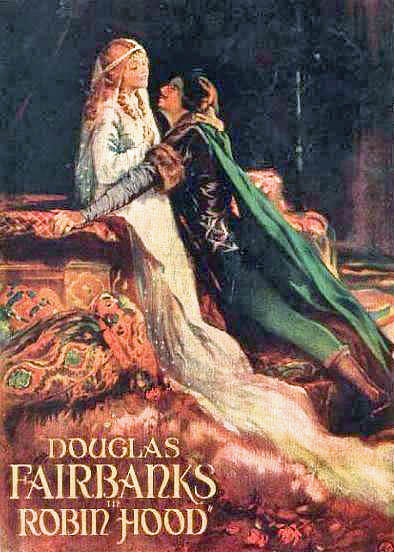
1883: Douglas Fairbanks, Sr. (Actor), Faisal I (King of Iraq, 1921-33), Victor Fleming (Film Director), Khalil Gibran (Poet, The Prophet), Jaroslav Hasek (Author, The Good Soldier Svejk), Sax Rohmer (British/American author), John Taine (sf author, real name Eric Temple Bell — mathematician), Coco Chanel (Fashion Designer), Wild Bill Donovan (founded the OSS), Max Eastman (socialist writer, later embraced McCarthyism), Victor Francis Hess (Physicist, proved cosmic origin of radiation), John Maynard Keynes (Economist), Frank King (Cartoonist, Gasoline Alley), Frank Mars (invented Milky Way and Snickers bars), Edgard Varèse (Composer, Poème électronique), Edwin Balmer (American author). Honorary Modernists: Franz Kafka (Expressionist novelist), Rube Goldberg (Cartoonist, designer of impossible contraptions), Karl Jaspers (Existential philosopher), Anton Webern (Expressionist composer), Lon Chaney (Actor), Walter Gropius (Architect, founder of the Bauhaus school), William Carlos Williams (Poet), Benito Mussolini (Fascist dictator of Italy)
HONORARY PSYCHONAUTS (born 1884): A. Merritt (SF writer), Gerald Gardner (Founder of Modern Wicca), Emil Jannings (Actor, The Last Command), Amedeo Modigliani (Cubist Italian sculptor and painter), Marie Vassilieff (Russian Cubist painter, atelier hostess), Jean and Auguste Piccard (extreme balloonists).
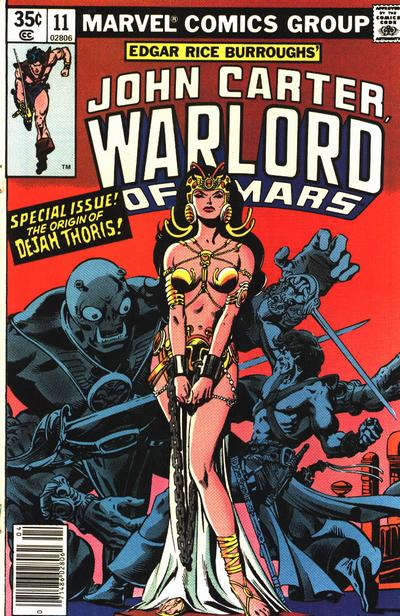
Radium Age SF writers of this generation include: Edgar Rice Burroughs (SF includes Barsoom series, Pellucidar series, The Land That Time Forgot, The Moon Maid, some of the Tarzan books), E. R. Eddison (The Worm Ouroboros), Sax Rohmer (Grey Face, She Who Sleeps, The Day the World Ended), Jack London (The Iron Heel, The Scarlet Plague), E.M. Forster (“The Machine Stops”), Aleksey Nikolayevich Tolstoy (Aelita, The Death Box), John Taine (pseudonym of Eric Temple Bell) (Green Fire, The Iron Star, The Purple Sapphire, Quayle’s Invention), Reginald Glossop (The Orphan of Space), George Allan England (The Air Trust, Darkness and Dawn, The Flying Legion, Out of the Abyss, The People of the Abyss), William Hope Hodgson (The House on the Borderland, The Night Land), David Lindsay (A Voyage to Arcturus), Maurice Renard (The Hands of Orlac, New Bodies for Old), S. Fowler Wright (The Amphibians, Dawn, Deluge, The New Gods Lead, The World Below), Charles Fort (A Radical Corpuscle), Victor Rousseau (pseudonym of Victor Rousseau Emanuel, The Messiah of the Cylinder, “Draft of Eternity”), Joseph Bushnell Ames (The Bladed Barrier), Bertram Atkey (The Strange Case of Alan Moraine), Edwin Balmer (Flying Death, co-authored When Worlds Collide and After Worlds Collide), Perley Poore Sheehan (The Copper Princess, The Ghost-Mill, co-author of Blood and Iron), Jean de La Hire (Nyctalope series), Guillaume Apollinaire (“Remote Projection,” “The Disappearance of Honore Subrac”), John Buchan (The Gap in the Curtain, The Moon Endureth), A. Merritt (The Face in the Abyss, The Metal Monster, The Moon Pool), J. D. Beresford (Goslings, The Hampdenshire Wonder), and Luis P. Senarens (“Frank Reade, Jr., and His Steam Wonder,” et al).
In 2012, HiLoBooks will serialize, then reissue in beautiful paperback form (in May; PRE-ORDER NOW), Jack London’s 1912 science fiction novel The Scarlet Plague. Introduction by HILOBROW’s Matthew Battles. More information here.
ADVENTURE WRITERS: G.K. Chesterton (Top 200: The Napoleon of Notting Hill, The Man Who Was Thursday; W. Somerset Maugham (Top 200: Ashenden); Pierre Souvestre (Top 200: Fantômas); John Buchan (Top 200: Prester John, The Thirty-Nine Steps, Greenmantle, Mr. Standfast, Huntingtower, The Three Hostages); Edgar Rice Burroughs (Top 200: Tarzan of the Apes, A Princess of Mars, At the Earth’s Core); Rafael Sabatini (Top 200: The Sea Hawk); P.C. Wren (Top 200: Beau Geste); Jack London (Top 200: The Call of the Wild, The Sea Wolf, The Scarlet Plague); William Hope Hodgson (Top 200: The Night Land); James Branch Cabell (Top 200: Jurgen, A Comedy of Justice); P.G. Wodehouse (Top 200: Mike); Sax Rohmer (Top 200: The Mystery of Dr. Fu-Manchu); Franz Kafka (Top 200: The Castle); Johnston McCulley (Top 200: The Mark of Zorro).
READ MORE essays by Joshua Glenn, originally published in: THE BAFFLER | BOSTON GLOBE IDEAS | BRAINIAC | CABINET | FEED | HERMENAUT | HILOBROW | HILOBROW: GENERATIONS | HILOBROW: RADIUM AGE SCIENCE FICTION | HILOBROW: SHOCKING BLOCKING | THE IDLER | IO9 | N+1 | NEW YORK TIMES BOOK REVIEW | SEMIONAUT | SLATE
Joshua Glenn’s books include UNBORED: THE ESSENTIAL FIELD GUIDE TO SERIOUS FUN (with Elizabeth Foy Larsen); and SIGNIFICANT OBJECTS: 100 EXTRAORDINARY STORIES ABOUT ORDINARY THINGS (with Rob Walker).
